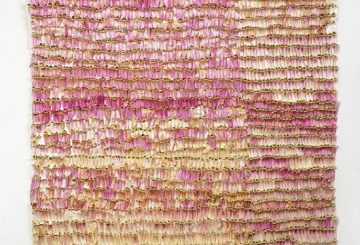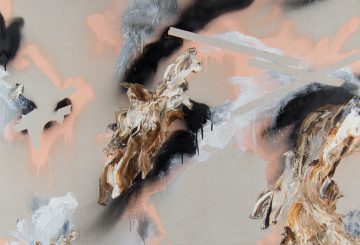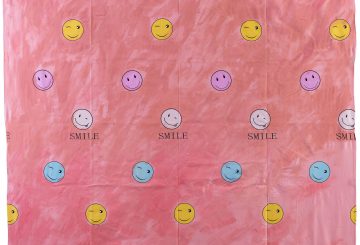Friday Degustation: Fruit and meat don’t mix, except melon and prosciutto!
The National: Whatever it is, it’s huge…
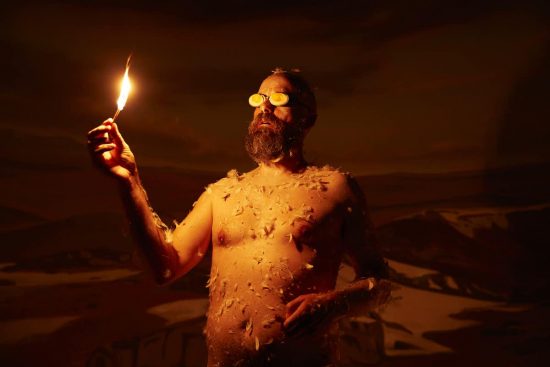
The National 2019 has just opened to glowing reviews. The three venue show is a snapshot of contemporary Australian art which some say is a survey [others not], perhaps based on the assumption that it does [or doesn’t] have curatorial themes for each venue. At any rate, Joanna Mendelssohn at The Conversation has called it a time capsule, [>] “The National is an ambitious name for any exhibition of contemporary Australian art. In this case it is justified by the inclusion of artists from every state and territory. The bald statistics of the media release note that over 60% of the 70 artists are women, and over one third are Aboriginal or Torres Strait Islanders […] In both size and subtext, this differs from the two other regular surveys of contemporary Australian art – the National Gallery of Victoria’s Melbourne Now and the Art Gallery of South Australia’s Adelaide Biennial. Despite spreading over two generously sized venues, Melbourne Now has always projected a decidedly local focus – it may include artists from other locations and even other countries – but the city is the hero. Adelaide’s Biennial has always been constrained by the relatively small size of the Art Gallery of SA.”
The Art Life’s Andrew Frost at The Guardian noted the exhibition’s overall cohesiveness, and the often stylish and considered installation of works. [>] “So is the show a true snapshot of contemporary art? Given the enclosed nature of contemporary art, and its generic qualities, this is perhaps inevitable. It certainly looks like art we know. But where the show really succeeds is where it creates a dialogue between works. In more than a few instances I found myself wandering through the galleries and picking up on the thread of ideas between pieces such as Teo Treloar’s intense, detailed and ambiguous drawings and Kylie Banyard’s paintings of imagined utopias at the MCA, or the downstairs gallery at the AGNSW housing tactile sculptures by Fayen d’Evie, Koji Ryui’s delicate and madly installed ceramic sculptures, and Sandra Selig’s geometric wall drawing. The curatorial approaches are loose enough for the show to work as a survey, but focused enough to reflect the artist’s intentions, while producing an intriguing resonance between often-disparate practices.”
Handing out her second 5 star review in as many weeks, ArtHub’s Gina Fairley concludes that the [>] “… exhibition is beautifully presented across all three venues. It is hard to find fault. And while it is an incredibly diverse – at times disparate – suite of art works, there is an underlying empathy that stitches this exhibition together. It is that magical ingredient that we are all desperately seeking in our contemporary times, and The National 2019 shows – with a soft glove – that if we make it to that middle ground, our vulnerabilities will dissolve into celebration, and just like this co-institutional initiative, competition and aggression will give way to maturity.”
Enter the Void: Lyon Housemuseum
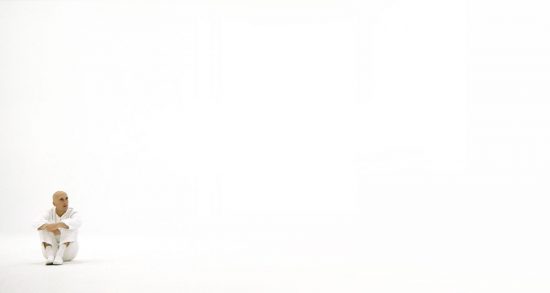
In Melbourne, the slowly growing trend in new privately owned art museums where first class art is shown in cutting edge architectural spaces has a new member. The latest to open is the great big extension to Lyon Housemuseum. At Architecture.Au Patrick Hunn notes that [>] “The galleries neighbours the existing Lyon Housemuseum, a fusion of art gallery and private home, designed and lived in by architect Corbett Lyon. Where the original Housemuseum is open to the public only on designated days, the Housemuseum Galleries will stage public exhibitions and be open year-round. […] The Lyon family funded the construction of the galleries through a $14.5 million donation. Lyon also announced today that he and wife Yueji Lyon would donate the entirety of the Lyon family’s art collection, amassed over 28 years, to the eponymous Lyon Foundation. “We are thinking widely in terms of ideas, exhibitions and events to add a rich dimension to the extraordinary cultural life we have here in Melbourne,” he said.”
While there’s plenty of rah-rah excitement over the new building, thankfully Paris Lettau at Memo Review puts the project in a larger context. Along with Meow [another residential slash art gallery] [>] “…[they are] manifestations of a new museological consciousness that has formed in the mind of the contemporary artworld (and has even witnessed the museumification of the nature strip [by Musee du Strip]. It reflects the accelerating trend of new institutionalism in contemporary art, in which individual artists, curators and arts workers have started to imagine themselves to be living arts institutions.”
Art Basel HK
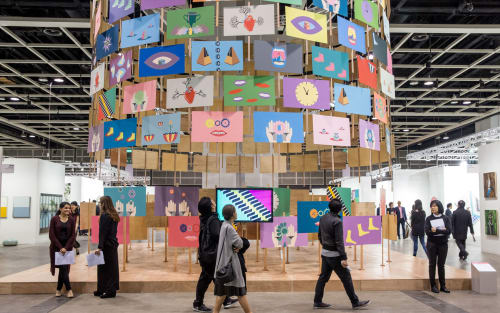
In the aftermath of Art Basel Hong Kong, and as its many hungover participants return via business class to their home cities and countries, the question needs to be asked: who were the real winners? The artists, of course. Artsy.com argued that it wasn’t just the offical fair where the most exciting art could be seen, but in the galleries and museums around the city that were part of a wider Art Week. “Before the seventh edition of Art Basel Hong Kong commenced, a flurry of exhibitions opened in galleries across the city, including at some younger, hipper spaces, such as Empty and Blindspot, which have set up shop on the island’s Southside district of Wong Chuk Hang. The events offered visitors and locals myriad opportunities to discover new artists and view recent work by old favourites…” But of course most had come for the fair itself [>] “The week’s raison d’être, Art Basel in Hong Kong, welcomed long lines of VIPs and press—like racehorses waiting to be unleashed—inside its stanchions beginning midday Wednesday. Crowds clustered, in particular, around Berlin-based gallery Societe’s presentation of Chinese artist Lu Wang’s wild, colorful videos. The abundance of work by Chinese, Japanese, and Korean artists.”
The winner of the best press at ABHK was Australia’s own Alexi Glass-Kantor, director of Sydney’s Artspace, who curated the Encounters section of the fair. In a profile for The Australian Financial Review by Stephen Todd, Glass-Kantor explained [>] “I try not to curate to taste. I don’t just curate show after show of things I like. I’m someone who says ‘Why don’t I like that? How can I think about that artist? How can I challenge myself, and other viewers, to think differently?”
Photogenic drawing
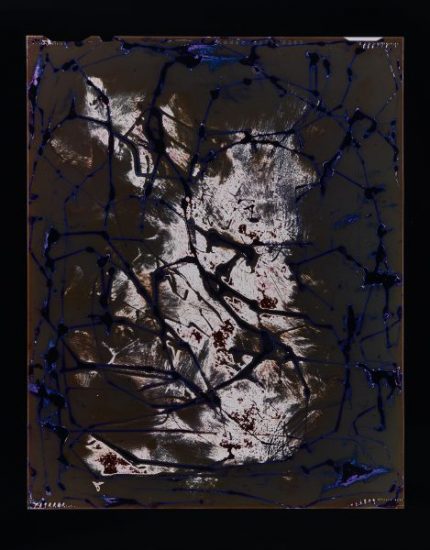
Late last week Justine Varga won the 2019 Dobell Drawing Prize for Photogenic Drawing [2019], a work that blends elements of photography and drawing. The prize was judged by artist Ben Quilty who observed [>] “The winner of the Dobell Drawing Prize #21 uses drawing in the most meaningful and sophisticated way. Her work is a distillation of so many components of our collective lives. Drawing plays a pivotal role in this artist’s exploration of us all.”
Time & History, Reductivism
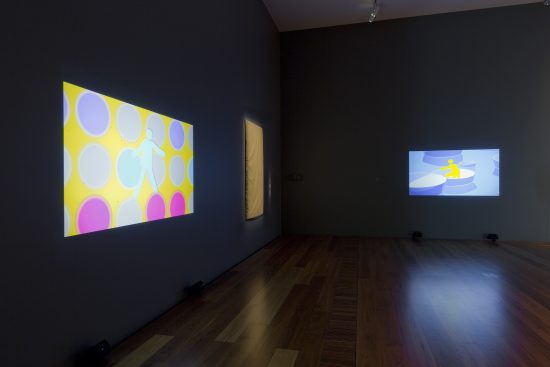
As part of the Shepparton Art Museum’s ongoing program of staging major survey shows by mid-career artists, Arlo Mountford’s Deep Revolt opens on April 18. “The exhibition, which is the only showing of Mountford’s works in Victoria, features large -scale interactive installations with video, animation and sound, drawings and sculpture, challenging the ideas of time, history and our contemporary norms through a 14-year span of his work. SAM director, Dr Rebecca Coates says Mountford mashes up visual culture in order to engage withand reflect on our contemporary world. Time and history are common themes. “Arlo’s work is humorous yet complex, containing varying dimensions of joy, humour, history and horror that makes it hugely engaging for a wide audience,” she said. [>] “The exhibition will appeal to the generation for whom making videos and text clips for social media is now second nature, creating memes, video stories and more via social media and digital platforms to communicate, play and comment on the world.”
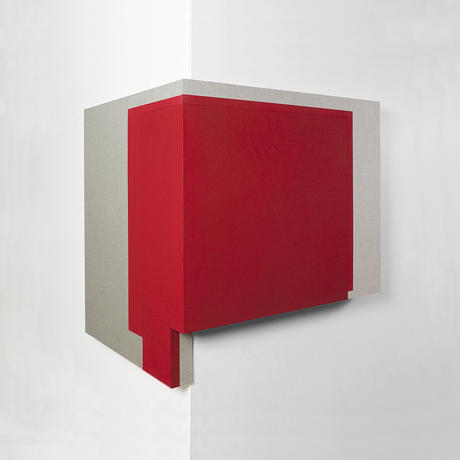
Meanwhile in New York, one of Sydney’s favourite painters Louise Blyton opens All The Birds Are Singing, her debut show at Joshua Liner Gallery on April 4. [>] “Blyton’s oeuvre taps into the visual language of Reductivism, an aesthetic style characterized by streamlined compositions, restricted color, and a reduction of form and means. Identifying with Reductivism’s simplicity, Blyton’s shaped canvases and three-dimensional wall sculptures elevate craftsmanship and process, achieving a compositional clarity that unifies color and form. As the artist explains, “I’m always looking for a kind of quietness and harmony when making my works even if the color being used is loud.” To construct her works, Blyton covers custom built balsa wood stretchers with raw linen, adorning them with layers of pure pigment or acrylic paint. Each pigment reacts differently to raw linen and requires a specific amount of coats to reach the artist’s desired level of saturation.”
Vestiges of the Tongue & An Art & Farming Tour
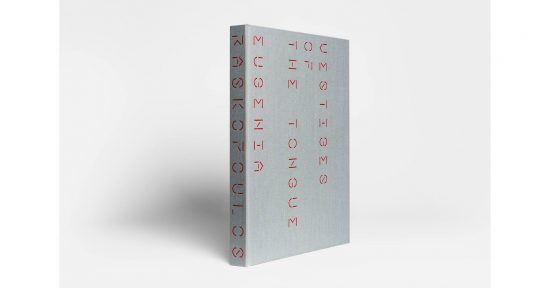
Coinciding with her inclusion in The National 2019 is the launch on April 16 of Eugenia Raskopoulos’s monograph Vestiges of the Tongue: Art Language of the Body Politic. Presented by The Power Institute and Carriageworks, the launch will include a panel discussion with the artist, and The National curators Daniel Mudie Cunningham and Isobel Parker Philip. [>] “With recognition for her pioneering practice long overdue, this scholarly monograph is the first survey of one of Australia’s leading photo-media artists, Eugenia Raskopoulos. Raskopoulos’ cultural background has informed more than three decades of inventive, evolving bodies of work that span across video performance, installation and photography. Born in the Czech Republic to Greek parents before migrating from Greece to Australia in 1963, where she was introduced to English at primary school, Raskopoulos has long sustained a focused and fruitful critique of language. In Vestiges of the Tongue we see her visualising language’s slippages through performances of translation, interrogating words and their impact on the body, and tracing contemporary communication as it enters the realms of data and surveillance.” Attendees at the launch can also get a 10% discount on the cover price.
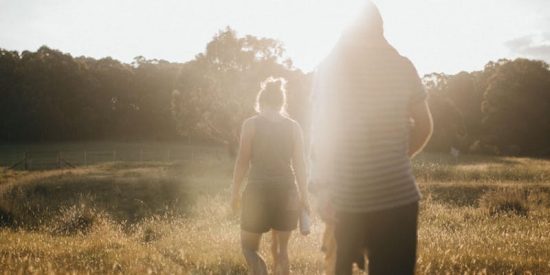
In conjunction with the exhibition Uncertain Territories at Art Bank – [>] which we reviewed a few weeks back – the Kandos School of Cultural Adaptation presents ART AND FARMING PICNIC with EPICUREAN HARVEST at Bula Mirri Farm, Hartley, on April 28th. [>] “Explore the creative future of farming in the era of ever-changing climate at Bula Mirri Farm, now home to an exciting project combining horticulture and solar technology. Epicurean Harvest (Erika Watson and Hayden Druce) have embarked on a collaboration with award-winning sculptor Mark Swartz and solar scientist Bjorn Sturmberg as part of KSCA’s “An Artist, A Farmer and a Scientist walk into a bar’ Join this amazing team for a tour of the farm and a conversation about their project, along with members of KSCA and special guest artist Allan Giddy – a path-breaker in the use of alternative energy systems in art.”
Siri says maybe Duchamp didn’t find an object and make it art after all…
There are certain stories about art that refuse to die. One is the [>] recurring rediscovery of US street photographer Vivian Maier, another is the tale of how [>] Jackson Pollock allegedly ‘teamed up’ with the CIA to take American abstract expressionism to the world and helped smash the commie menace. Closer to home, Clarice Beckett was not unknown, but many of her paintings had been lost [>] but then luckily found once more. Not all revisionist history is the same, and the story of the embedded cultural resistance to the attribution of a famous work of art touches on some live contemporary issues.
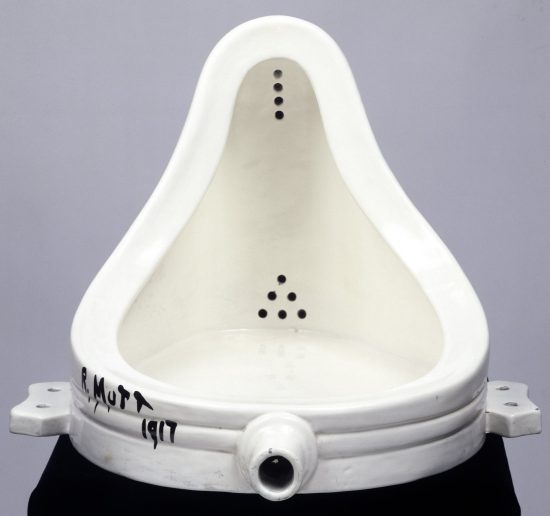
A new story that’s making the rounds of social media is the claim that it wasn’t Marcel Duchamp who came up with the notorious found object ‘Fountain’ – which he had attributed to R. Mutt – but instead it was Baroness Elsa von Freytag-Loringhoven. The story is complicated, and is now the basis of a novel Memories of the Future by Siri Hustvedt, a biography of von Freytag-Loringhoven, and A Lady’s Not a Gent, an exhibition at Glasgow Museums in 2015, which presented the factual and circumstantial evidence for reattribution of the urinal to Von Freytag-Loringhoven. Writes Hustvedt. [>] “The museums, including the Tate, have not budged [in attributing the work to Duchamp]. The standard Fountain narrative with Duchamp as hero goes on. I am convinced that if the urinal had been attributed to the baroness from the beginning, it would never have soared into the stratosphere as a work of consummate genius. Women are rarely granted such status, but the present reputation of Fountain, one that was hardly instantaneous but grew slowly over the course of many decades, has made the truth embarrassing, not to speak of the money involved and the urgent need to rewrite history. The evidence is there. They can’t or won’t see it. Why?”
The past and future
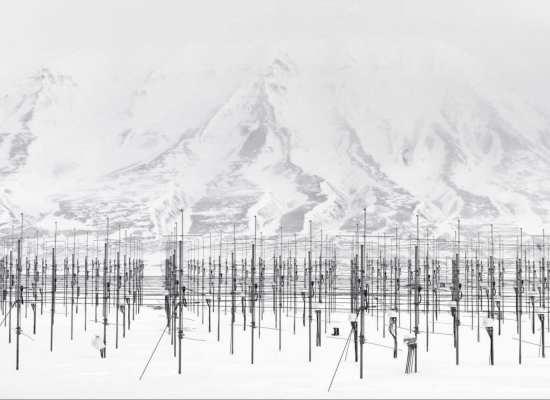
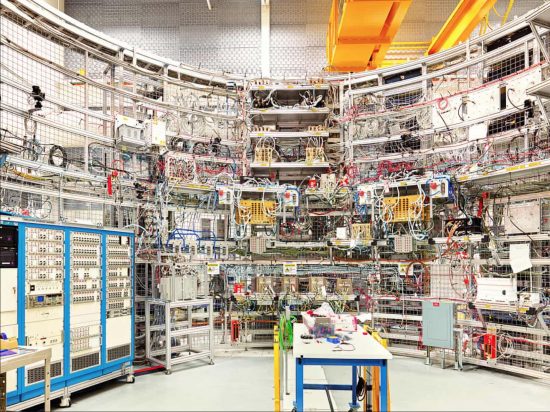
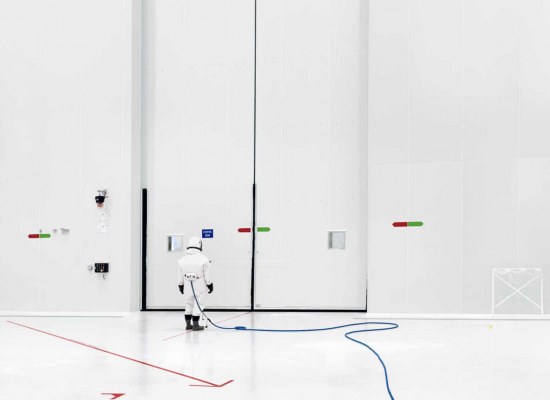
UnDead Malls
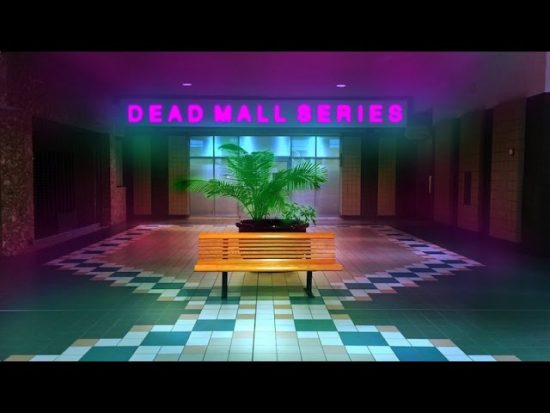
It was a casual recommendation on Facebook that led us to discover the YouTube channel [>] This Is Dan Bell, the home of the titular video maker who documents the demise of shopping malls, abandoned hotels, motels and other old buildings. We [>] posted on the channel back in 2017 and Bell has continued with the support of Patreon. Vaporwave have posted a new interview with Bell, that offers a neat summary of his work and philosophy. [>] “For Dan Bell, it all started with his childhood mall in Maryland. After the teens had gone, after the food court had closed, after the shops had shuttered — what had happened to it? “I think malls became sort of that everyday thing that we did. We didn’t think, ‘Maybe we should, you know, take pictures.’ I don’t think anyone really thought of that,” Bell told ABC News. “I started to look for stuff about Jumpers Mall and there’s nothing. There’s no pictures, there’s no video or anything.” So in 2015, Bell created the ‘Dead Mall Series’ , inspired by his own experience and witnessing an increase in deserted malls all over America. “My thought was I wanted to archive malls all across the country that were closing down,” he said. “I want people to feel like they’re walking through the mall and that’s kind of where the whole thing came from.”
Mid-century visual bonanza, for free
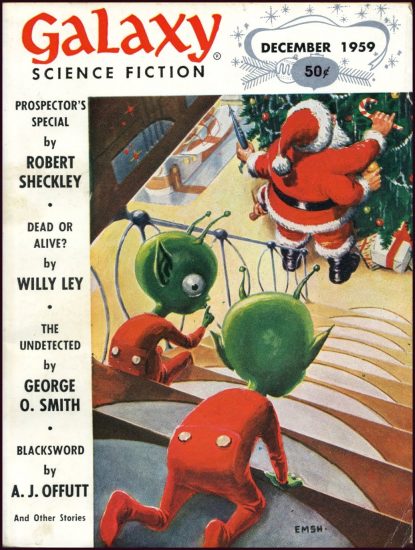
During the mid-century golden age of magazine illustration a trio of science fiction magazines not only took the pulps to a sophisticated new audience, they also created the enduring visual syntax of modernist sci-fi. Previously locked away in private hands or reserved collection shelves in universities, a treasure trove of magazines from the period, complete with their covers and interior illustration – and the stories of course – are now available online. Reports Open Culture, [>] “…along with Astounding Science Fiction and The Magazine of Fantasy and Science Fiction, Galaxy Magazine was one of the most important science fiction digests in 1950s America. Ray Bradbury wrote for it–including an early version of his masterpiece Fahrenheit 451 -as did Robert A. Heinlein, Isaac Asimov, Frederik Pohl, Theodore Sturgeon, Cordwainer Smith, Jack Vance, and numerous others. Now a fairly decent collection of issues (355 in total) [>] is available for your perusal at archive.org for absolutely free.”
Assorted links
The Museum of Contemporary Art, Sydney’s [>] visitor numbers outstrip even European and American museums!
CJ Hendry [>] don’t need no stinkin’ art world
Here are 2018’s [>] most visited shows and museums
April Fooled: [>] Jeff Koons is retiring from art after religious ephiphany
Louvre pyramid tribute art [>] destroyed within hours of being opened to public
An art collection owned by Indian billionaire and fraud suspect Nirav Modi [>] has fetched $8m (£6m) at auction.
[>] Urine activated street art!
The world finally knows why [>] Garfield phones keep washing up on French beaches
A Dutch art dealer discovered [>] two hitherto-unknown Rembrandts while going through his mail
Calls for EOIs to [>] create a public art work in Goulburn
Some high schoolers in the US [>] produced a stage version of Alien!
[>] Triumphal archway that links town with river opens in Maitland
[>] RIP Agnes Varda
UK doctors to prescribe making art to [>] improve patient’s physical and mental health
